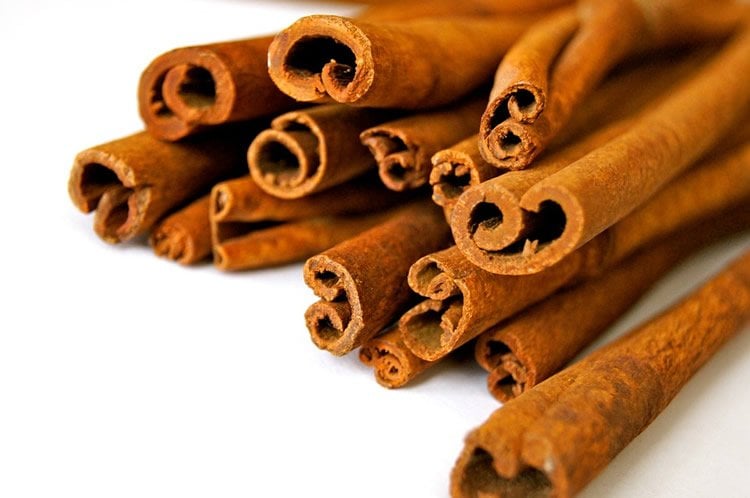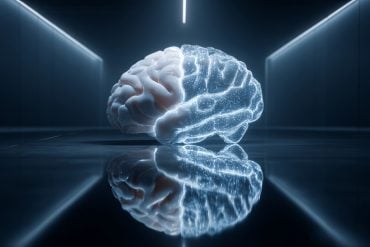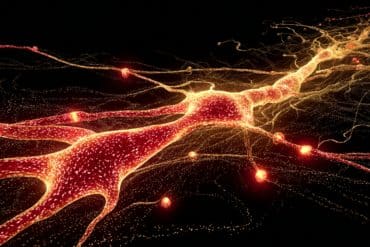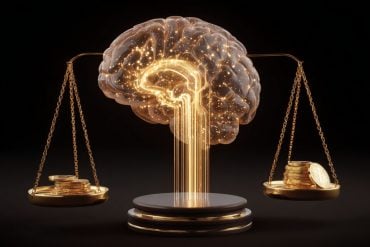Summary: According to a new study, mice determined to have poor learning ability appeared be become better learners after being fed cinnamon.
Source: Rush University.
Study finds spice consumption made mice better learners.
Cinnamon is a delicious addition to toast, coffee and breakfast rolls. Eating the tasty household spice also might improve learning ability, according to new study results published online in the July issue of the Journal of Neuroimmune Pharmacology.
The study by neurological scientists at Rush University Medical Center found that feeding cinnamon to laboratory mice determined to have poor learning ability made the mice better learners.
“This would be one of the safest and the easiest approaches to convert poor learners to good learners,” said Kalipada Pahan, PhD, the lead researcher of the study and the Floyd A. Davis Professor of Neurology at Rush.
Some people are born naturally good learners, some become good learners by effort, and some find it hard to learn new tasks even with effort. Little is known about the neurological processes that cause someone to be a poor learner and how to improve performance in poor learners.
“Understanding brain mechanisms that lead to poor learning is important to developing effective strategies to improve memory and learning ability,” Pahan said.
Cinnamon role reversal
The key to gaining that understanding lies in the hippocampus, a small part in the brain that generates, organizes and stores memory. Researchers have found that the hippocampus of poor learners has less CREB (a protein involved in memory and learning) and more alpha5 subunit of GABAA receptor or GABRA5 (a protein that generates tonic inhibitory conductance in the brain) than good learners.
The mice in the study received oral feedings of ground cinnamon, which their bodies metabolized into sodium benzoate, a chemical used as a drug treatment for brain damage. When the sodium benzoate entered the mice’s brains, it increased CREB, decreased GABRA5, and stimulated the plasticity (ability to change) of hippocampal neurons.
These changes in turn led to improved memory and learning among the mice.
“We have successfully used cinnamon to reverse biochemical, cellular and anatomical changes that occur in the brains of mice with poor learning,” Pahan said.

The researchers used a Barnes maze, a standard elevated circular maze consisting of 20 holes, to identify mice with good and bad learning abilities. After two days of training, the mice were examined for their ability to find the target hole. They tested the mice again after one month of cinnamon feeding.
The researchers found that after eating their cinnamon, the poor learning mice had improved memory and learning at a level found in good learning mice. However, they did not find any significant improvement among good learners by cinnamon.
“Individual difference in learning and educational performance is a global issue,” Pahan said. “We need to further test this approach in poor learners. If these results are replicated in poor learning students, it would be a remarkable advance.”
Cinnamon also may aid against Parkinson’s disease
Cinnamon has been a sweet spot for Pahan’s research. He and his colleagues previously that cinnamon can reverse changes in the brains of mice with Parkinson’s disease.
These studies have made the researchers spice connoisseurs: They used mass spectrometric analysis to identify the purer of the two major types of cinnamon widely available in the United States — Chinese cinnamon (Cinnamonum cassia) and original Ceylon cinnamon.
“Although both types of cinnamon are metabolized into sodium benzoate, we have seen that Ceylon cinnamon is much more pure than Chinese cinnamon, as the latter contains coumarin, a hepatotoxic (liver damaging) molecule,” Pahan said.
Funding: The study of cinnamon and learning ability was supported by grants from National Institutes of Health, the U.S. Department of Veterans Affairs and the Alzheimer’s Association.
Source: Deb Song – Rush University
Image Source: This NeuroscienceNews.com image is in the public domain.
Original Research: Abstract for “Cinnamon Converts Poor Learning Mice to Good Learners: Implications for Memory Improvement” by Khushbu K. Modi, Suresh B. Rangasamy, Sridevi Dasarathi, Avik Roy, and Kalipada Pahan in Journal of Neuroimmune Pharmacology. Published online June 24 2016 doi:10.1007/s11481-016-9693-6
[cbtabs][cbtab title=”MLA”]Rush University. “Cinnamon Aids Learning Ability: Mouse Study.” NeuroscienceNews. NeuroscienceNews, 15 July 2016.
<https://neurosciencenews.com/cinnamon-mouse-learning-4690/>.[/cbtab][cbtab title=”APA”]Rush University. (2016, July 15). Cinnamon Aids Learning Ability: Mouse Study. NeuroscienceNews. Retrieved July 15, 2016 from https://neurosciencenews.com/cinnamon-mouse-learning-4690/[/cbtab][cbtab title=”Chicago”]Rush University. “Cinnamon Aids Learning Ability: Mouse Study.” https://neurosciencenews.com/cinnamon-mouse-learning-4690/ (accessed July 15, 2016).[/cbtab][/cbtabs]
Abstract
Cinnamon Converts Poor Learning Mice to Good Learners: Implications for Memory Improvement
This study underlines the importance of cinnamon, a commonly used natural spice and flavoring material, and its metabolite sodium benzoate (NaB) in converting poor learning mice to good learning ones. NaB, but not sodium formate, was found to upregulate plasticity-related molecules, stimulate NMDA- and AMPA-sensitive calcium influx and increase of spine density in cultured hippocampal neurons. NaB induced the activation of CREB in hippocampal neurons via protein kinase A (PKA), which was responsible for the upregulation of plasticity-related molecules. Finally, spatial memory consolidation-induced activation of CREB and expression of different plasticity-related molecules were less in the hippocampus of poor learning mice as compared to good learning ones. However, oral treatment of cinnamon and NaB increased spatial memory consolidation-induced activation of CREB and expression of plasticity-related molecules in the hippocampus of poor-learning mice and converted poor learners into good learners. These results describe a novel property of cinnamon in switching poor learners to good learners via stimulating hippocampal plasticity.
“Cinnamon Converts Poor Learning Mice to Good Learners: Implications for Memory Improvement” by Khushbu K. Modi, Suresh B. Rangasamy, Sridevi Dasarathi, Avik Roy, and Kalipada Pahan in Journal of Neuroimmune Pharmacology. Published online June 24 2016 doi:10.1007/s11481-016-9693-6







